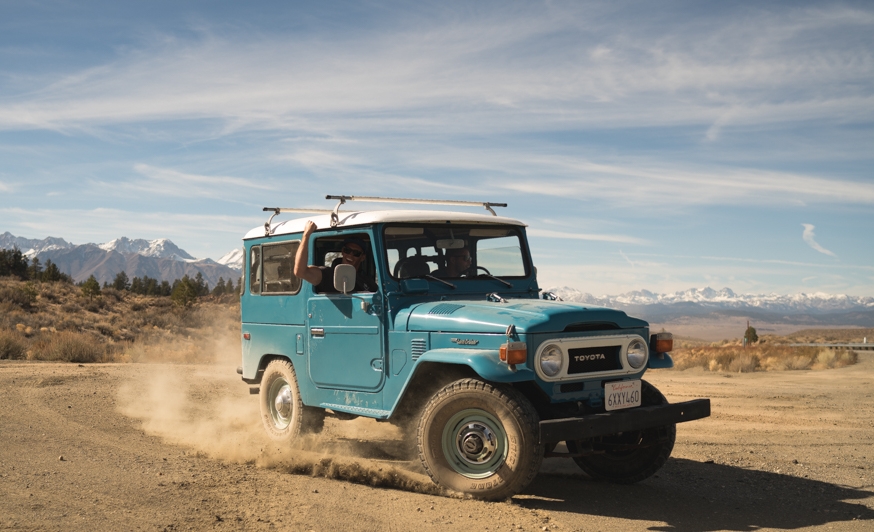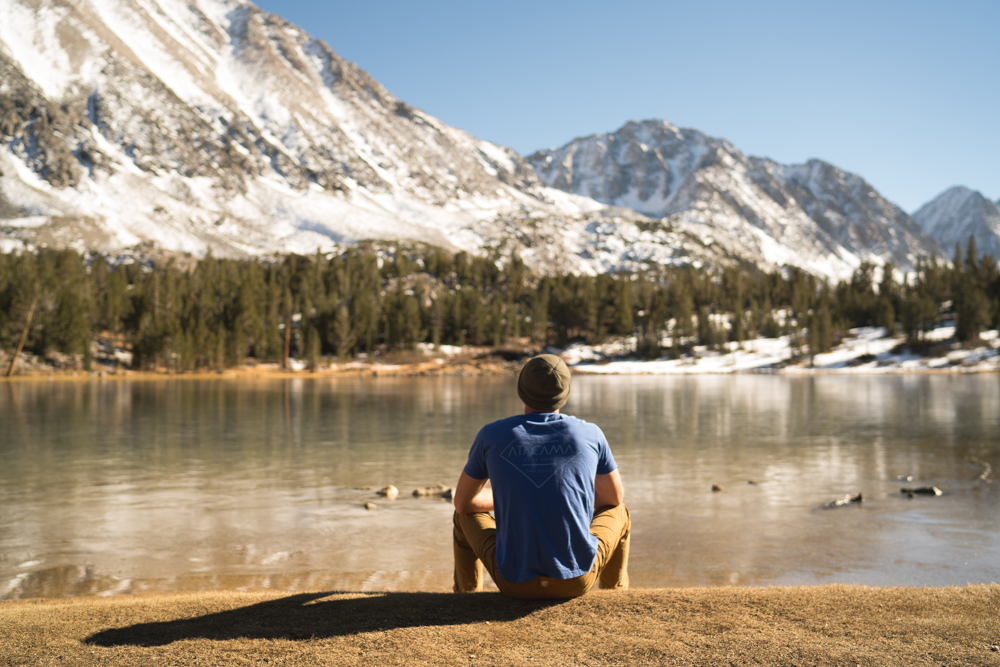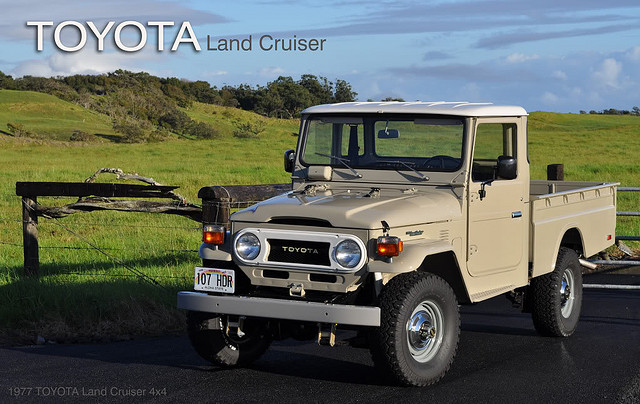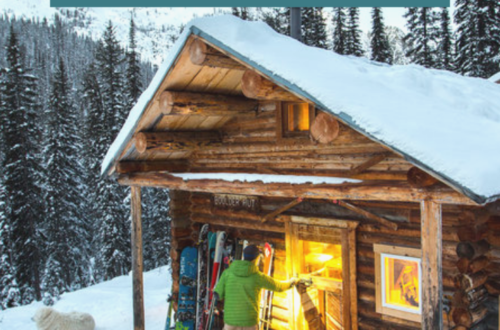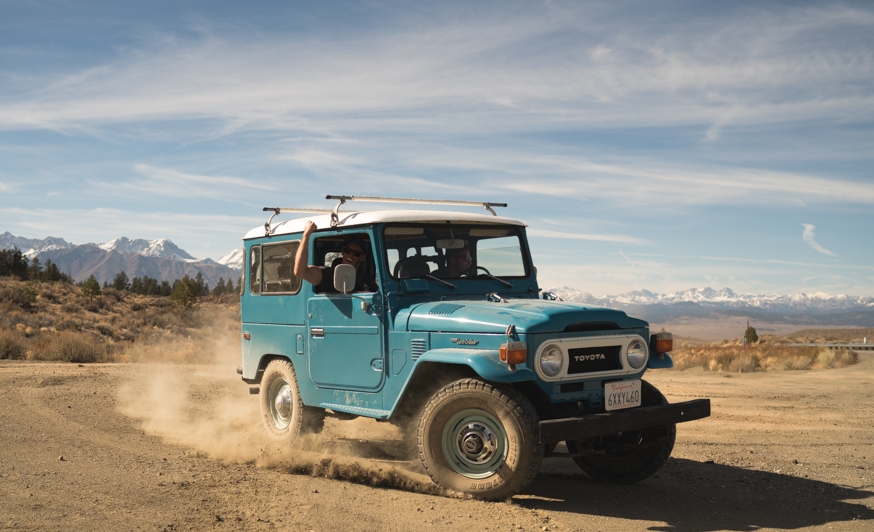
BE Outfitter
Courtesy of Rucksack Magazine

An interview with Rory Rogan; founder of California based outdoor apparel brand Be Outfitter.
Can you provide us with a bit of a background on yourself and your co-founder?
Jeff (My Brother, Best Friend and Co-Founder) and I grew up in a small beach town on the East Coast of the United States called Lewes in the state of Delaware. We were fortunate to be raised in a place that was surrounded by Forests, Ponds, Farms and the Atlantic Ocean. Growing up we were always involved in team sports. Myself, Lacrosse and Jeff, Wrestling. Our family was certainly active but not in a classic outdoor sense with Camping and Fishing etc. That classic outdoor passion didn’t come until later in life. However, our desire to roam was evident early on. With a forest and horse farm behind our house and a pond down the street our playground was endless. Whether we were “borrowing” our neighbors canoes to catch turtles with self made catching “nets” made of a lacrosse pole, coat hanger and screen door mesh or making our best impression of homemade boobie traps protecting us and our prized fortress from anyone who dare find our secret hideaways. We were fortunate to have parents who let us roam free. With three young boys (we have an older brother I’m the middle and Jeff is the youngest) it was our mom’s way of letting us exercise but also allowing our minds and imagination to run wild. We were never allowed to watch TV until it was dark so the woods, pond, dirt, was where we escaped. We even had a huge farm bell on our front porch that our mom used to ring when it was time for dinner… You could hear it from almost a mile away. The rule was don’t let her ring it more than once or else! We were smart enough to never find out what “or else” meant. In the summers and when we were old enough to hitch rides or be left on the beach alone our days were spent in the Ocean surfing and swimming. Growing up our Father was a Ship’s captain. On our wall at home we have a map of the world with red pins of all the places he had traveled while in college aboard a ship. I always found it fascinating how he had touched the edges of the world and done it by crossing oceans. I thought it was poetic, like a story in a book. As high-school was coming to a close and in trying to figure out what I wanted to do. I decided whatever it was I didn’t want to wear a suit and tie to work. That wasn’t me, it wasn’t my personality to be content with ordinary. I decided to follow my Father’s footsteps and go to the United States Merchant Marine Academy and learn how like him to navigate vessels around the Earth’s Oceans. Jeff meanwhile ended up attending the University of Delaware where he studied Marketing. Skip ahead a few years and the first piece of gear was created on the floor of my military barracks. Needing a new bag to put climbing and surfing equipment in and with no money I decided I would make one myself. After spending a year at Sea working as a Cadet aboard commercial vessels I had learned a few things. One being how to use a classic Sewing Awl. Typically used to repair Sails and create protective covers, I went into New York Cities Fashion district and found the thickest duck canvas I could. I sat on my floor dissecting other backpacks tearing them apart, flipping them inside out, all which eventually lead to the first bag. I had to keep my door locked because if any of my friends saw me sitting there putting together patterns I would have never lived it down.
Where does your passion for travel and adventure come from?
My desire to see what else is out there. There is something about the unfamiliar. It has a way of hitting you in the face with the realization “I’m alive”. That feeling keeps me coming back for more, have it be in the Mountains, the Ocean, traveling the globe or even down a local street that I’ve never been on. When we go into the world with open eyes we gain a greater understanding of ourselves. We learn who we truly are and what our bodies and minds are capable of. You only find those things when you’re forced out of your comfort zone.
What travel destination or adventure has been your favourite so far?
Tough question. After graduating college my family gave me a round-trip ticket to wherever I wanted to go. I chose Africa. I ended up going to Zambia and spending the majority of the trip with a non-profit organisation that helps to fund education for children. This is where the idea of BE as a company really took place. Africa and it’s people, the culture, and the history invoke this intangible feeling when you step foot there. Its extraordinary and beautiful. New Zealand has to be my favorite trip though. That country is unreal for outdoorists. Surfing, Climbing, Skiing and endless treks. We took our first real prototype there to test it in the different environments. It’s probably where we realized why we were making the products we were. I can’t leave out California though. A friend of mine from college was raised here. He took me on a road trip to the Big Sur after college. That road trip single handedly convinced me to make the move to California. The state is absolutely amazing… you just have to know where to look. Last week, I climbed in Joshua Tree on Sunday, went backcountry skiing in Northern California Tuesday and Wednesday, then surfed perfect waves on Saturday. That’s what California has to offer.
What are your future travel plans?
Our Family is largely Scandinavian so Sweden and Norway are way up on my list. Patagonia is a dream. I still have a slew of places in the US that I haven’t visited like the Tetons that need to get checked off. I could go on and on.
Tell us about the inspiration for starting BE Outfitter, and what market niche were you trying to fill?
The initial inspiration came after that trip to Zambia. I told myself that if I could help change the life of just one child by providing them with an education then in my mind I had succeeded. That and the bag I had made on the floor during college was the beginning of BE. We found some success early with the 1.0 version of ourselves. We were getting wholesale inquiries from places like Tilly’s and other large retailers. People Magazine, The Wall Street Journal and other large publications featured us in articles however we weren’t creating the products we were passionate about for the people we wanted to. So rather than taking that perpetual step forward we decided to take a 180 degree turn and take a step back. I saw a large gap in the Outdoor industry. Most outdoor companies are designing products for people who were gearing up for a specific goal and a specific activity, however the everyday person who happens to do really rad shit was being overlooked. In our exploits we found that we weren’t being catered to by the existing outdoor products. We were in a gap that on one end centered around technical performance and lacked in approachability. The other end focused on a “cool” look yet was likely to fail in rough conditions. That didn’t fit us. We aren’t summiting the highest peaks but we admire performance gear. We like fashion but realize the difference between innovative design and shit that looks good. We aren’t professionals in anything, but we work to be well-versed in everything. The outdoors is a special place to us. Camping under star-streaked skies and sharing laughs around a campfire brings about a feeling so simple and pure that we can only begin to describe it as reverence. This idea of going outside and taking part in these activities is not about reaching the top but the experience you have along the way. This is who and what we are creating products for. So BE was formed with two ideas in mind; first, we embrace spontaneity and we need versatile gear that welcomes the unpredictable. Secondly, Our adventures should be carried with as much heart as the moments we discover on them. That trip to Africa is at the heart of what we do and although we may be heading in a different direction than where we were 5 years ago it is still a fundamental reason we do what we do. You see in our minds, true education is awareness. Whether you find it through travel, in the backcountry or out in the open water, our desire to learn is universal. That is why we have partnered with the non-profit organisation Pencils of Promise to donate 10% of each sale to child education, so that everyone can explore the world with the same sense of wonder.
Could you tell us a little about the Tahquitz Backpack and the Cabrillo Dry Bag?
We design our products under the belief that no matter where we are placed, the world begs to be discovered. Whether we venture on cobblestone or concrete, raw earth or railway platforms, adventure awaits and we want to create products that allow you to grasp those opportunities. Designed for approachability, both the Tahquitz and Cabrillo are a byproduct of our travels and experiences outside. With the Tahquitz, we wanted to create the one bag quiver so that no-longer will the consumer need a closet full of packs for different activities and conditions. Photography, surfing, climbing, trekking, traveling – the bag’s versatility was paramount and we think we hit the bullseye in making a bag that will travel as far and wide as the person carrying it. In doing so, we had to find materials that had the ability of not only being aesthetically pleasing but also super bomber in harsh conditions. So we landed on a uniquely blended 400D Cordura Nylon of which we coated with an ultra water repellent coating. Accented by double ripstop nylon and equipped with Waterproof YKK Zippers we are confident the bags will handle any condition they are placed in. If not we will send our customers a new one or refund them. The bags will have a lifetime guarantee. The integration of the Cabrillo Dry bag was created because we were tired of the hassle it took to dig into our bag, grab the camera bag, open it, grab the camera, then take a shot. The process was painful and often we would either miss the shot or just refuse to take out the camera all together. So we wanted to find a way to add a camera add-on onto the Tahquitz while also having it capable of being used as an independant product. The Cabrillo Dry Bag plays an integral role to the Tahquitz, integrating seamlessly into the side pocket to store a camera and have it ready for easy access for when a photo opportunity presents itself. The Bag Holds a DSLR with two lense option and with it’s welded seams it is fully water, sand and dirt proof. The heavily padded interior with modular velcro divider keeps your gear protected and organized simultaneously.
What key insights drive your products and design?
In short we take problems we see in gear that we use everyday, problems that you and me both recognize and we aim to fix those problems through thoughtfully well designed products.
What materials do you most like to work with? Are there any new materials you’re experimenting with?
Not necessarily. The materials are often dependant on the specific product we are creating. However we work hard to keep the balance between technical and aesthetic. Sometimes this has us working with materials that are a bit different than what would typically be used. For example, the Magnetic Closure on the Tahquitz. Much different than a snap buckle; the closure is effortless and incredibly effective with a much lower probability of being damaged or breaking. We strive to try and think differently on how products our built. Material selection is only just a segment of that.
How do you test your backpacks?
We use them like we would any other piece of gear. We aren’t gentle and we see to what limits we can push the piece without it exceeding its bounds of functionality or durability. For example up to a few weeks ago we had never really taken the bag into the backcountry skiing. It worked phenomenally! I was stoked with how versatile it was in that aspect. It held all of the gear including strapping down the skis as we made our way up to a 10,000ft peak. We’ve worked hard to really perfect the shoulder and waist strap system and I was so impressed with how comfortable the bag was. Then, with the addition of the Cabrillo with my camera was just perfect. The accessibility was flawless and so easy. It’s instances like these where we look to see in what ways the bag maybe isn’t operating properly. And if it’s not, why? How can we fix it? Maintaining the idea that the product is built for versatility is paramount, so if we continue to push the functionality of the bag and it excels then we are succeeding in creating the best product we can.
How many prototypes do you go through before release?
We are currently on our 4th prototype. We think we’ve got it pretty dialed in at this point.
Which locations have you tested the backpack in?
Surfing, climbing, skiing, trekking in California. A month long road trip in New Zealand. Traveling through Vietnam. Cross country trips throughout the United States. We’ve taken it multi-pitch climbing. A friend of ours has taken our first prototype and has been using it as he cycles from Nicaragua to Patagonia.
What’s the most important thing you’ve learned about design and secondly about the adventure carry industry?
Building a dream will test the timbers of your being. It will break you down. But, if you are truly passionate about something and if you fully believe in the reason you are doing it, you can make or do anything. You just have to trust your heart. Also, Dream Really Fucking Big.
Why do you feel it’s important to have a backpack that suits all types of travel and adventure?
Our lives are spontaneous we need gear that can adapt and move the same way life does.
What’s next for BE Outfitter and when will the bag be released?
We will be launching a Kickstarter on February 28th. We can’t wait to share it with you. The bags will be available by June. We have a few other products already in the works to be released later this year we think you’ll be stoked on them. T
If you enjoyed this article…please consider clicking through and checking out the cool gear at BE Outfitter. Not only does it help support this site…you never know what kind of cool gear you might find. Thanks! Benjamin
